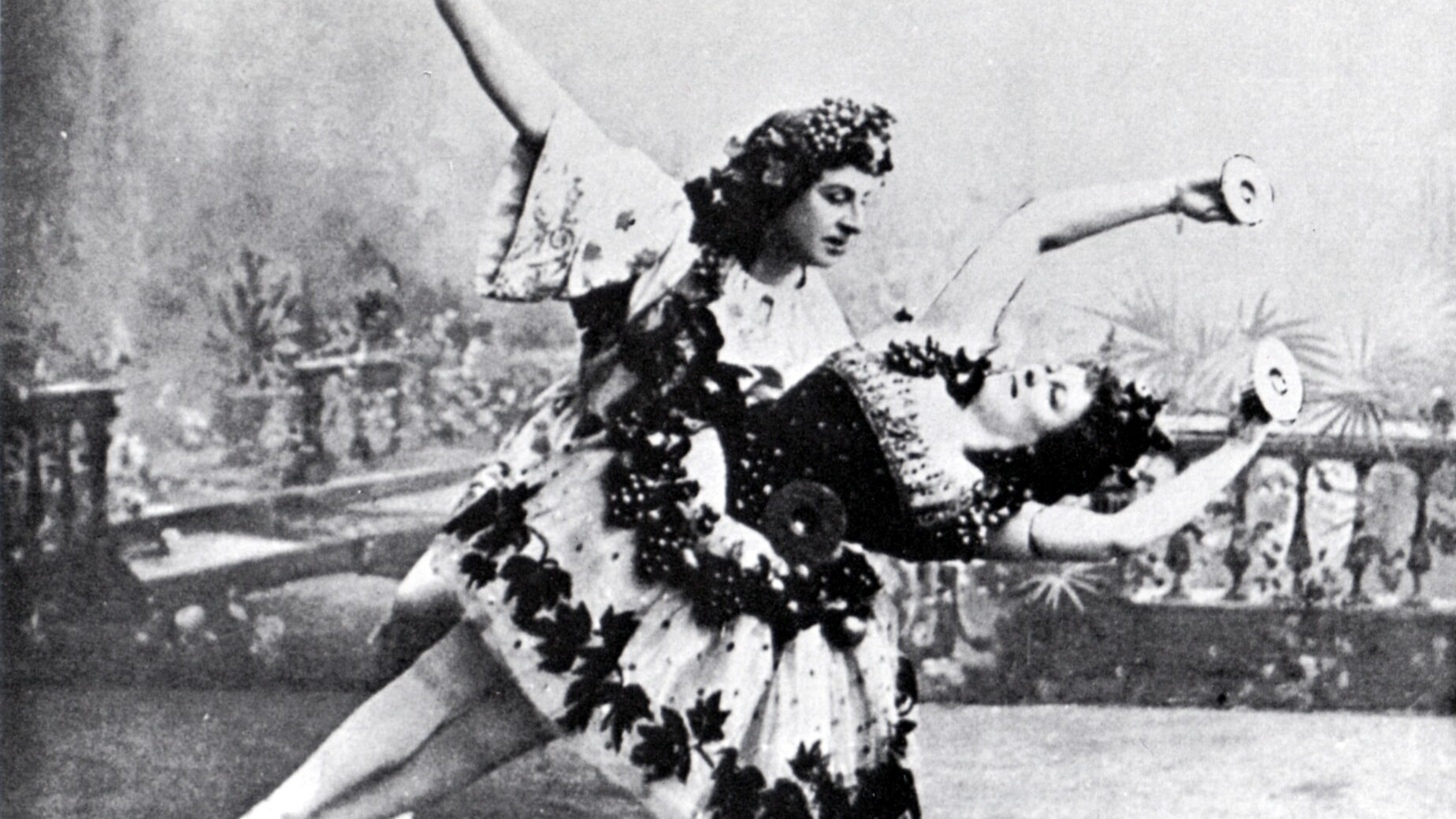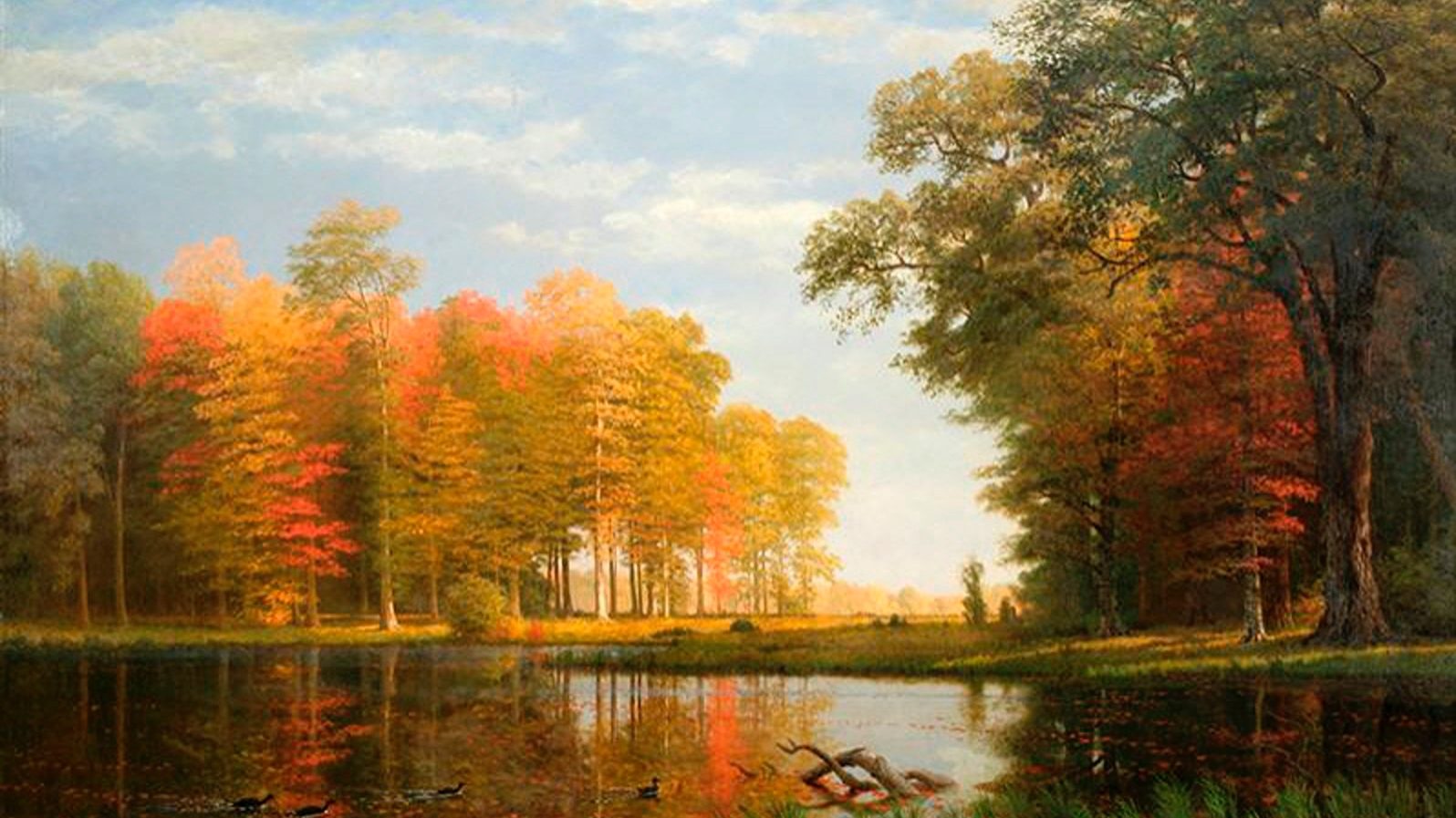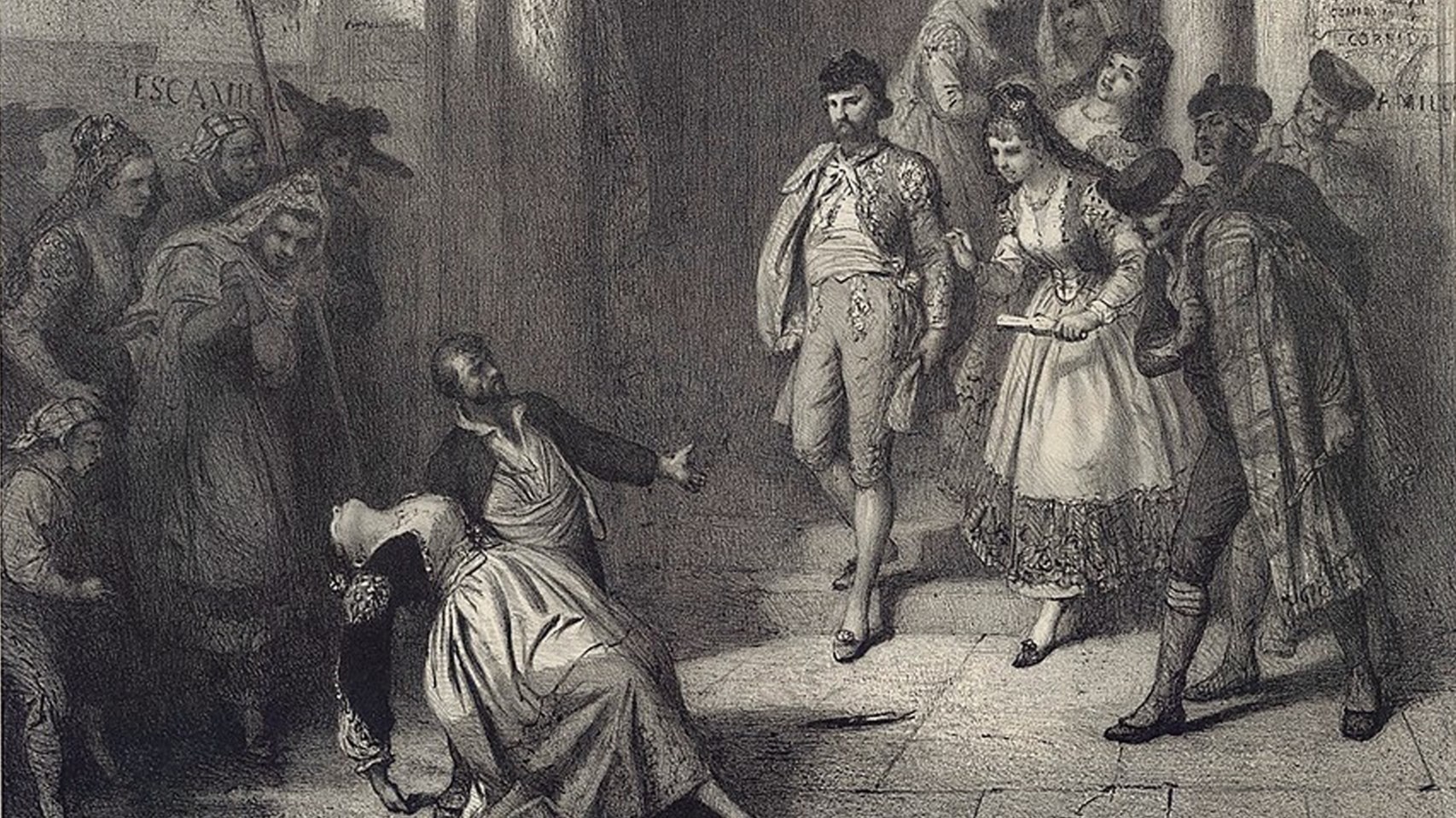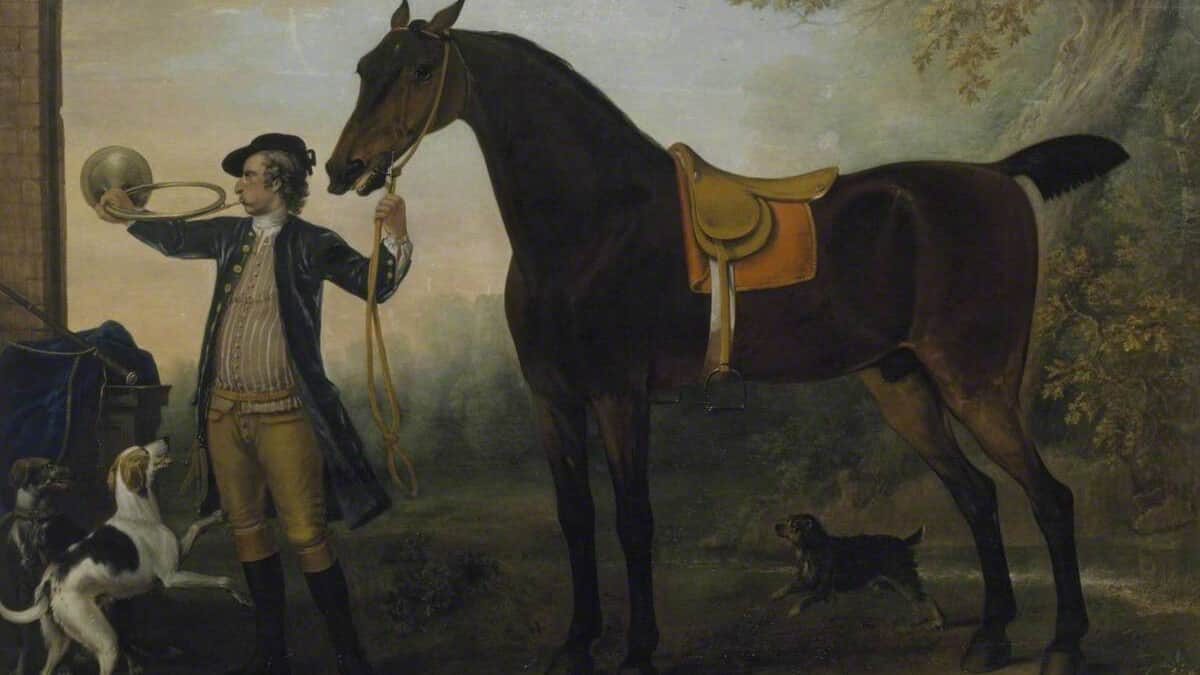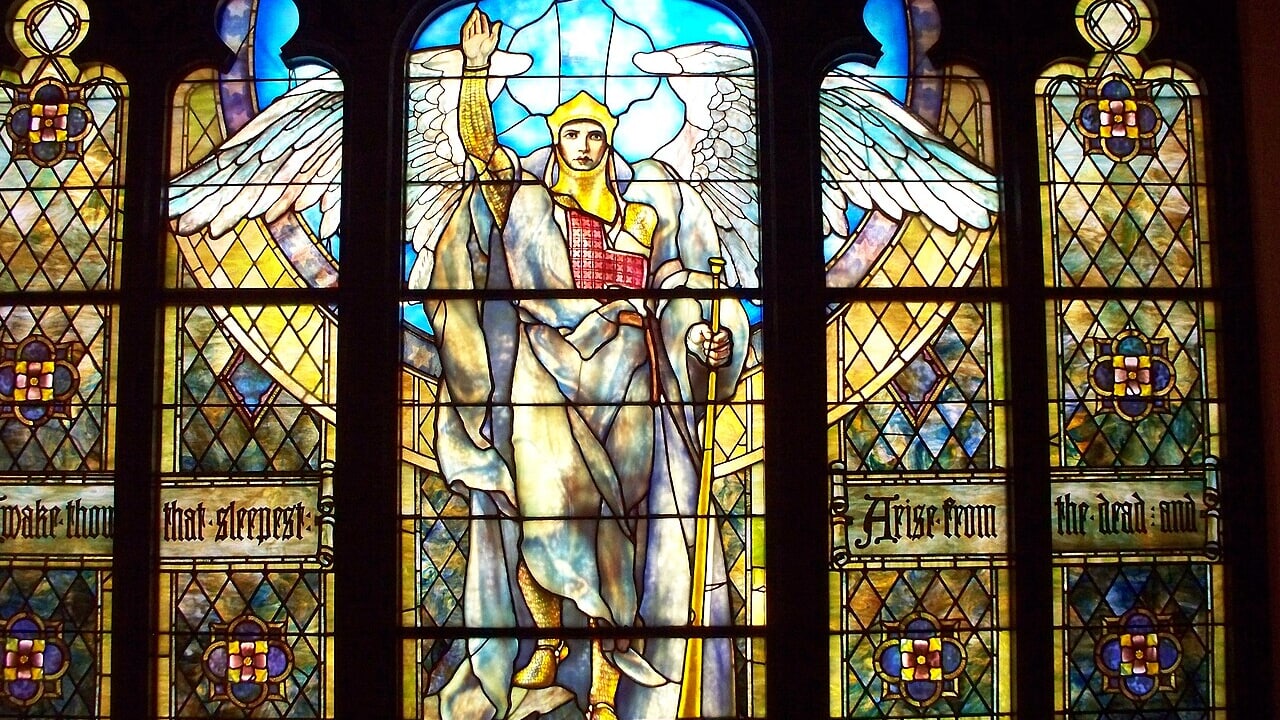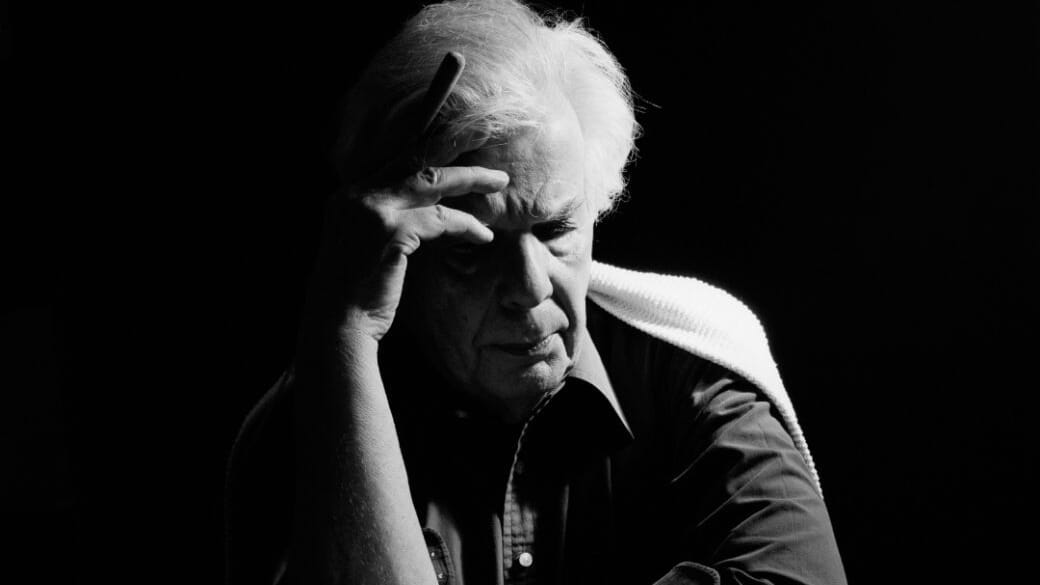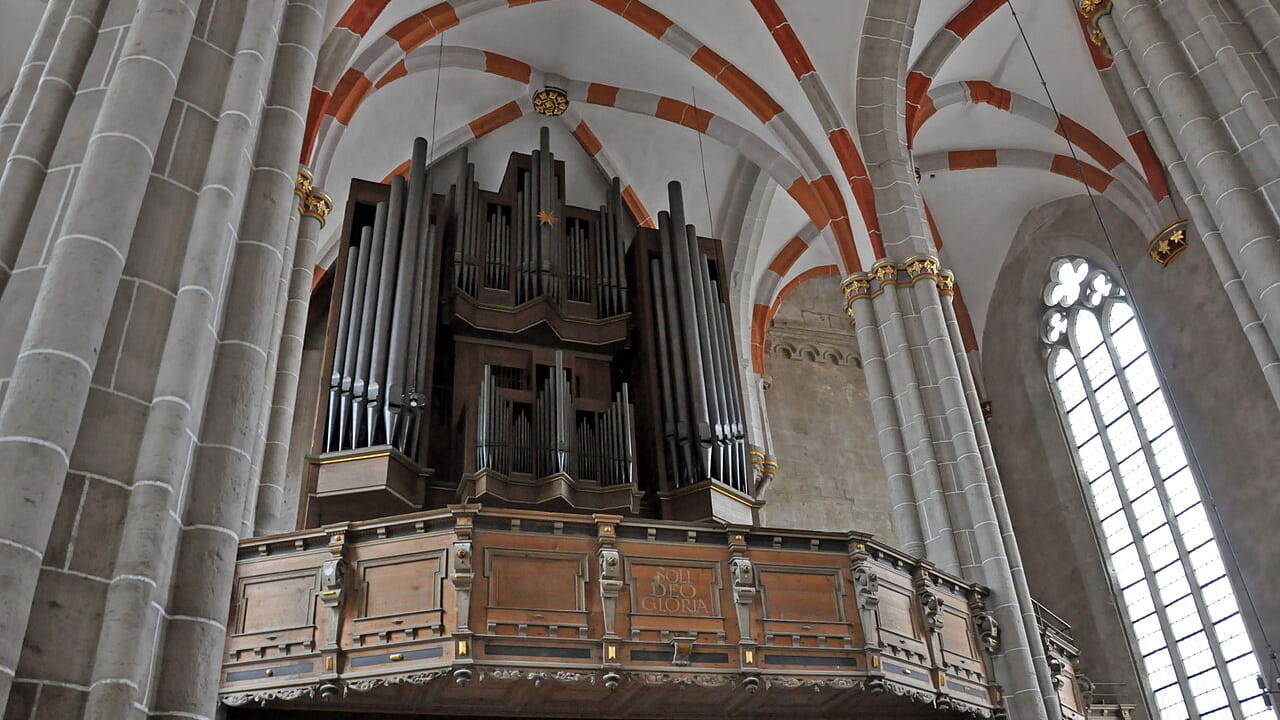Glazunov’s “The Seasons” (Autumn): A Bacchanale Amid Falling Leaves
Alexander Glazunov’s allegorical one-act ballet, The Seasons, Op. 67, depicts nature’s cycle of death and rebirth. The deep frigid sleep of winter gives way to the blossoms of youth and sunshine. The ballet concludes with the abundance of autumn. It is a vibrant and celebratory bacchanale amid falling leaves. A student of Balakirev and Rimsky-Korsakov, Glazunov (1865–1936) was a Romanticist who painted with shimmering tonal colors. His symphonic ballet scores continued in …

